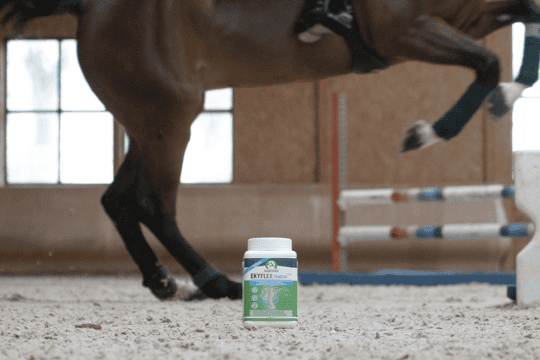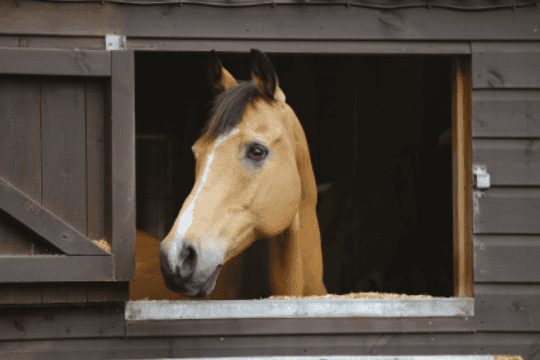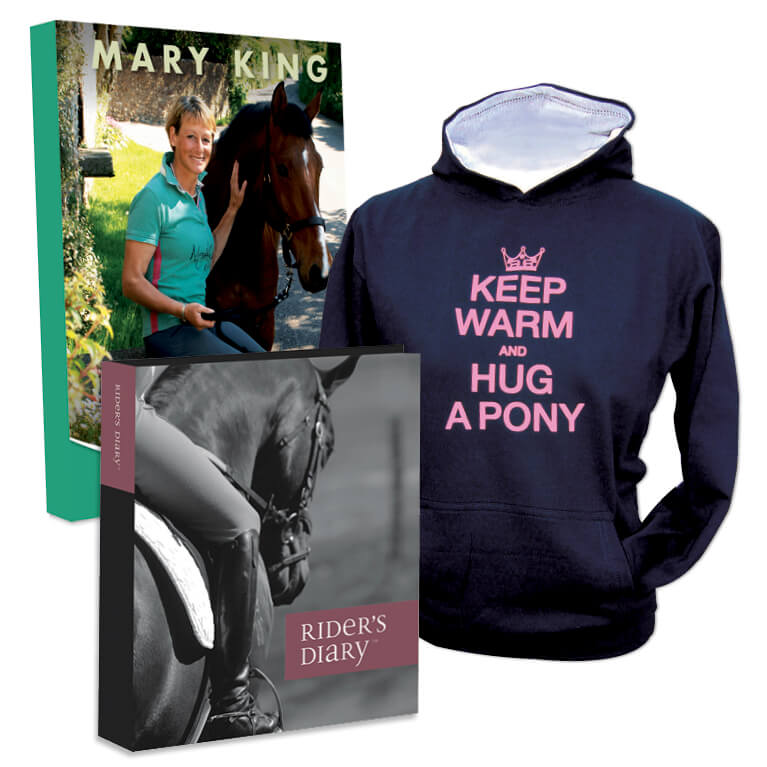What causes injury and how can you avoid it? In an excerpt from Sport Horse Soundness and Performance, Dr Cecelia Lonnell investigates
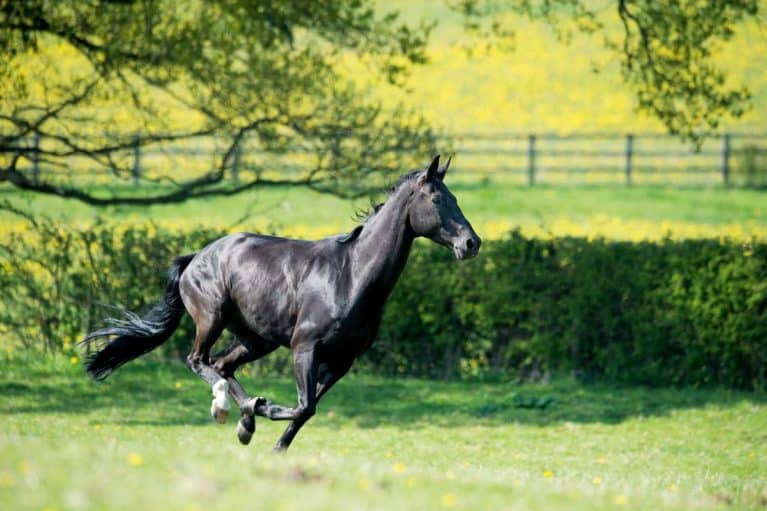
Lameness and other orthopaedic injuries are the major reasons for sport horses to get veterinary treatment. The primary focus is then, of course, to make a diagnosis, treat and rehabilitate.
Prevention of injury based on identification of risk factors is a huge field in human sports science and medicine, and by the 1960s Thoroughbred racing was using the same technique – analysing risk factors for injuries with the aim of preventing them from occurring. Lameness in horses is often described as being caused by overuse or wear and tear. But non-acute injury is more a question of misuse or inappropriate training and work that hasn’t been adjusted to the individual horse or his level of training and fitness. Orthopaedic injuries are, therefore, frequently not just the result of bad luck or chance.
Rather, scientific research points to the fact that sport injuries in both human athletes and horses are often preventable, through appropriate training. Studies aimed at prevention of fractures and other injuries in racehorses first focused on racecourse properties during racing – for example, hardness.
No matter how careful and skilled a training and competition programme, bad luck and individual weaknesses in the horse may still result in an accident or injury. But both experience and science show that, for humans and horses, there are certain situations and conditions when injury is more likely to occur. Have them in mind when planning your training programme or competitions.
7 causes of injury
Rapid increase of workload/training
Doing too much too quickly. Research aimed at prevention of fracture in racehorses by a UK group, led by Professor James Wood and Dr Kristien Verheyen, found an increased risk of fracture and joint injury in young Thoroughbreds who had an increase of fast work in a short timeframe, so a rapid increase of workload.
Lack of continuity
A classic problem in human sports medicine, also known as the ‘weekend warrior’ syndrome. It refers to going to the gym or running, but ending up doing only occasional efforts, and is often a variation of point 1 – doing too much too quickly.
Repetitive training/lack of variation
One common cause of injury is repetitive work. Think overuse injuries in the workplace. A study of jumping horses trained by elite riders in four European countries (the FEI/WHW training and footing project) found that variation of training was strongly associated with prevention of loss of training days, to the extent that it was ‘dose-related’ (the more variation, the less risk of days lost to training).
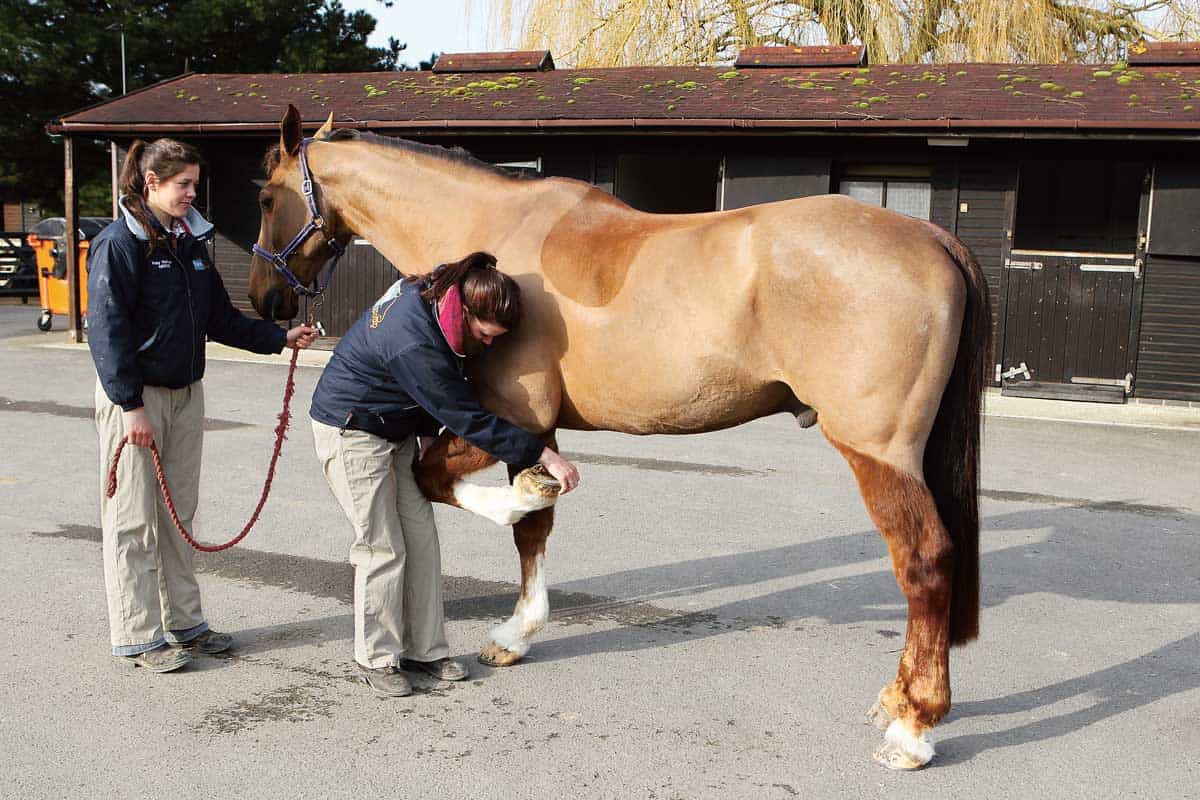
Lack of rest and recovery
One fundamental need for the body when adapting to training and during work periods is planned rest and recovery, The body needs time slots in order to reconstruct or to repair small injuries. One study of riding school horses showed that one management factor in riding schools with the least amount of orthopaedic injury was having a minimum of four weeks’ summer rest out on grass (24/7 with no riding).
Sudden change in workload or a sudden single overload event
A variation of point 1, of acute overload. This can be a sudden event such as a wrong step, but there we are back at point 3. The body of a horse who gets varied work on a variety of surfaces will be better prepared for different types of loading.
Individual weaknesses including reinjury
One common risk factor for orthopaedic injury is reinjury. But, in addition, horses (like humans) are more or less hardy, and adapt to training in different ways. When UK scientists tested the strength of superficial digital tendons in a laboratory, some tendons were stronger than others. This means that if two horses do exactly the same work one can get an overuse injury when the other horse stays sound. This is why a key message by several of the champion riders and sport horse vets is the importance of ‘listening’ to the horse, being observant to his signals and behaviour, and doing daily checks to spot early signs of injury.
Volume and intensity – hard work and lots of work
One of the biggest challenges in all training is finding the right balance of demands, including volume versus intensity. Depending on your level, the training needs to be demanding enough to prepare for the level of competition, yet measured to avoid overloading. The higher the level of competition you are at, the tighter that balance will be. One important piece of advice on the prevention of fractures in racehorses can also be applied to conditioning sport horses. When you are at a stage where you increase demands in training – for example, by jumping bigger fences or doing faster canter work you can counteract that by reducing the volume and making the session shorter. Then you can increase the volume again step by step.
Different disciplines, different injuries
How different training affects injury risk is shown in a case analysis of tendon and ligament injuries from the Animal Health Trust’s equine clinic in Newmarket. Veterinary researchers, led by Dr Rachel Murray, compared horses from different disciplines who visited the clinic. This showed that some injuries are more common in certain disciplines and at different levels within that discipline. For example…
- horses at advanced level in showjumping and eventing were more at risk of injuries of the superficial digital flexor tendon
- jumping horses at advanced level were more at risk of injuries of the deep digital flexor tendon
- dressage horses at both higher and lower levels were more at risk of injuries of the hind suspensory ligament
Injury patterns
Research shows differences in the rate of injury between yards. This, in turn, is associated with differences in training strategies and/or horse management. The scientific field for finding out those kinds of patterns is called epidemiology. One basic epidemiological assumption is that disease does not occur randomly. French jumping legend Michel Robert came to the same conclusion after over 40 years in international competitions. ‘A horse does not become sick or lame by chance’, he wrote in his book, Secrets of a Great Champion. ‘When he does, it is rather like a red warning lamp saying: “Be careful, you are not training in the right way.” Why do horses in one stable tend to have problems with their hocks? And why is it in another yard always the same part of the back that horses have problems with?’
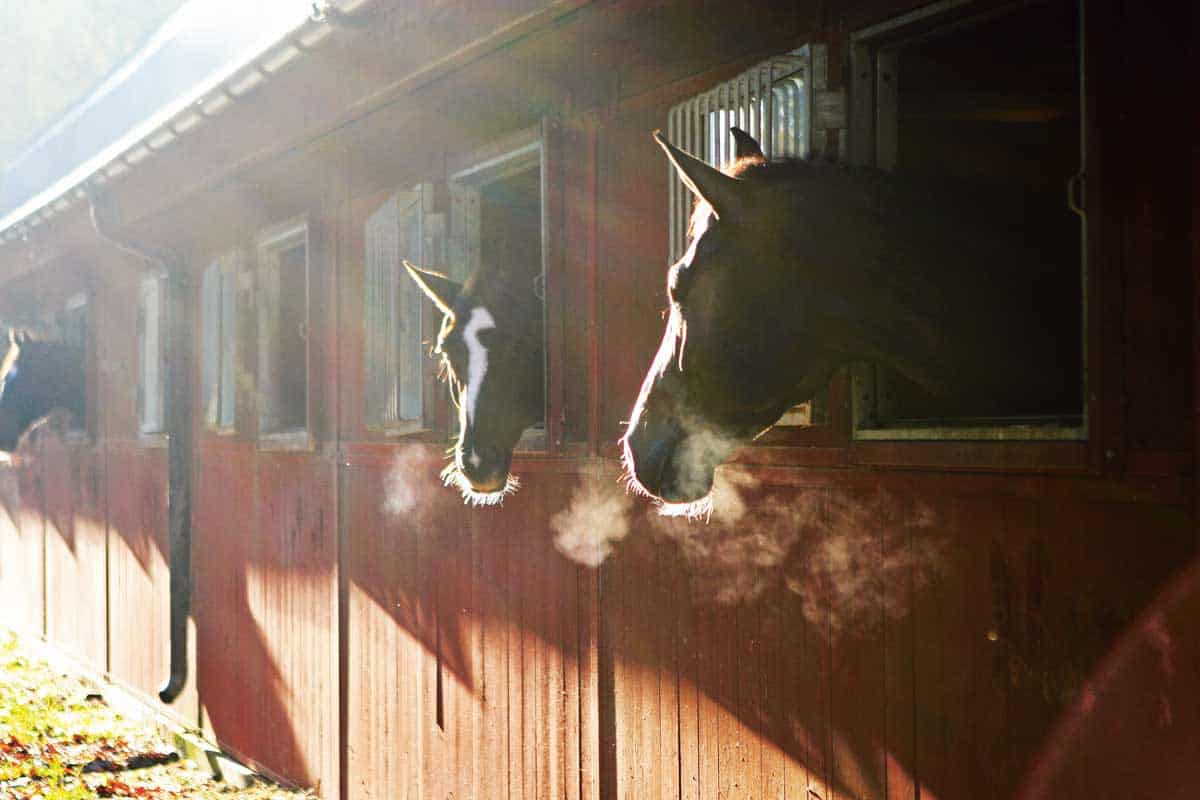
Soundness and know-how
Do know-how and experience help in injury prevention? It would make sense to think so. A UK study of tendon injury in hurdle racehorses showed the risk was lower among horses with more successful trainers. In a study of Swedish riding school horses, based on both insurance claims data and field study visits, a majority of riding schools with a very low rate of injury had managers with long experience. The mean was 18.5 years, compared to 10 years in a group with a very high rate of injury claims. In addition, in the group with least injuries, seven out of 10 chief riding teachers had a Level Three (the highest) riding teacher degree, compared to one out of nine in the group with most injuries.
Similar observations that riding schools with experienced managers had healthier horses were done in the 1970s, when vet Lars Erik Magnusson visited dozens of Swedish riding schools to review the health status of the horses. The reasons for the differences are difficult to determine scientifically, but comments made by participating riding school representatives indicate one: inexperienced staff and riding teachers/managers are less likely to spot and address early signs of injury, such as staleness, compared to more experienced and better-trained staff. A horse who is recognised as needing a rest might recover without further problems, while a horse kept in work might deteriorate and develop a full-blown injury.
Are you interested in learning more? Pick up a copy of Sport Horse Soundness and Performance from the H&R shop.




